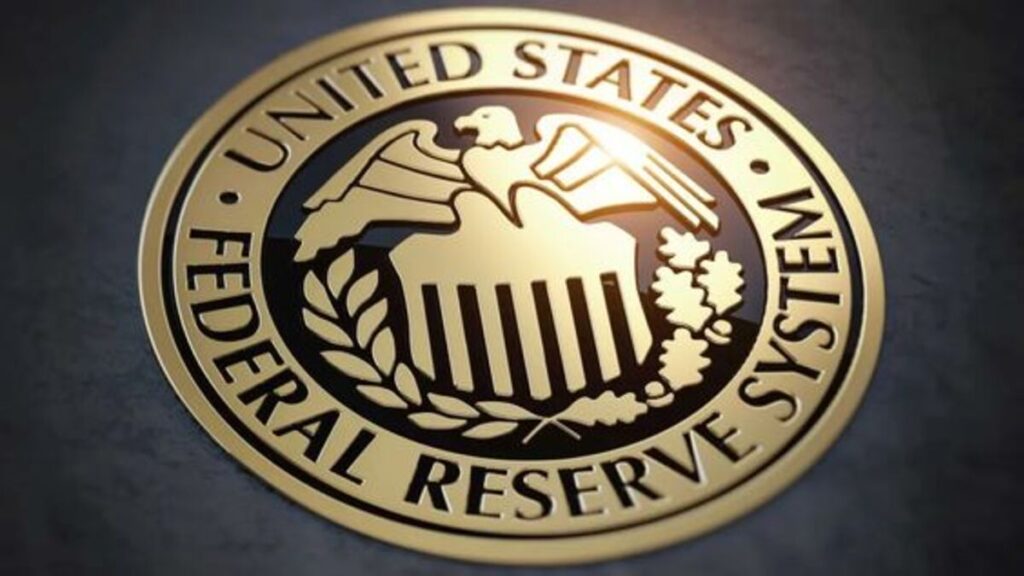Reports show that the Federal Reserve may cut interest rates soon this year and several more times in 2025. While this can help lower inflation rates, it can also have adverse effects on travelers’ pockets.
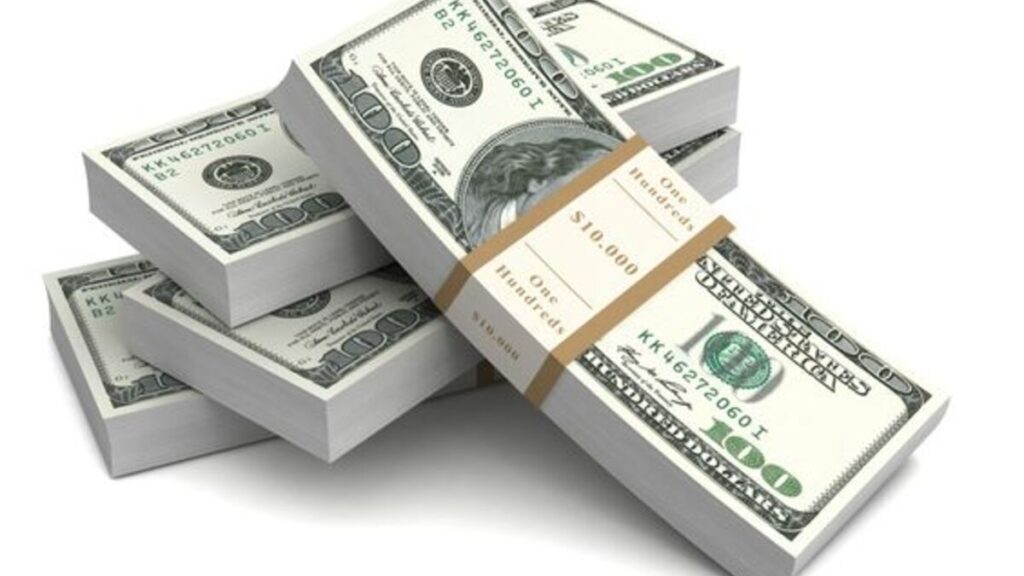
People’s trips abroad could become more expensive than they currently are, reducing tourism.
Federal Reserve Cuts
Several reports and predictions say that the U.S. Federal Reserve is likely to start cutting interest rates before the end of 2024. However, this could mean that future trips abroad will cost a lot more than they used to for those who love to travel.
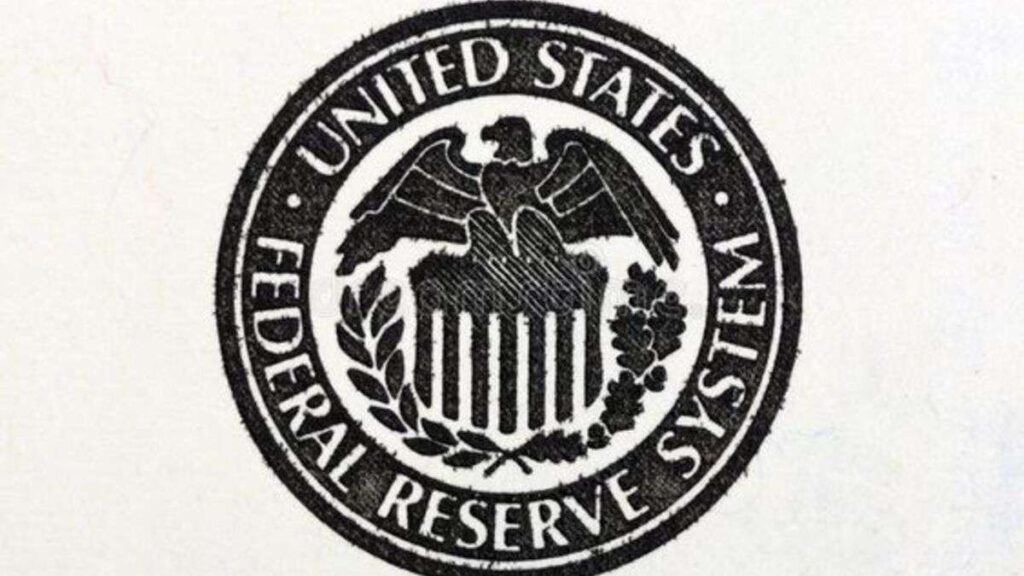
This is because interest rate policy affects the strength of the U.S. dollar relative to the rates of currencies in other countries.
How It Works
Jonathan Petersen, the senior markets economist and foreign exchange specialist at Capital Economics, says an environment of rising U.S. interest rates relative to those in other nations is termed “dollar positive.”

This is because the dollar is strong, and Americans can buy more things with their money abroad. “Dollar negative” means the opposite and is synonymous with falling interest rates, showing Americans can buy fewer things overseas.
Possible 2024 & 2025 Cuts
However, reports from federal officials show that they expect to cut rates once in the second half of the year and four additional times in 2025.
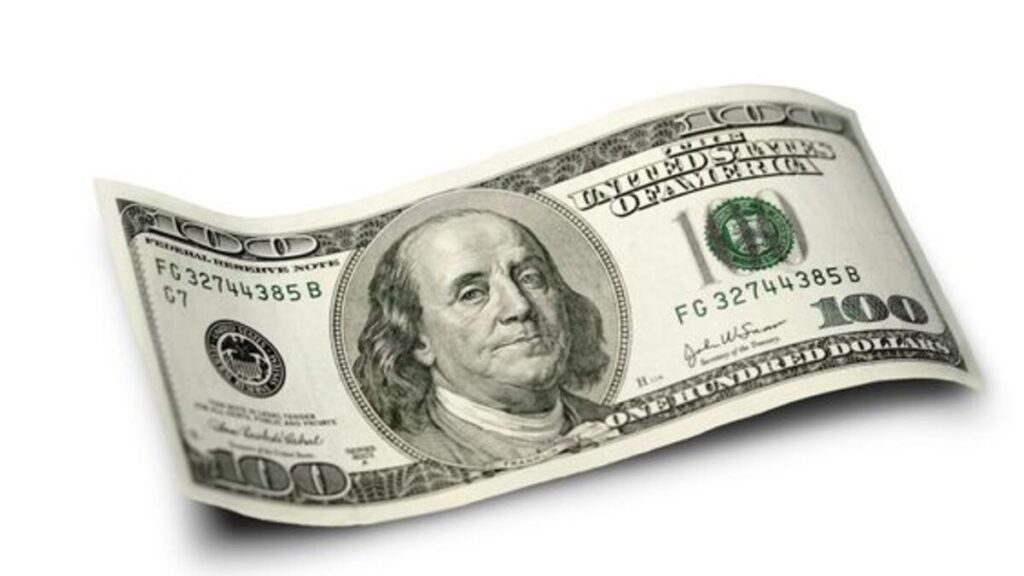
If this happens, Peterson believes that the dollar will feel pressure from this year into the next, and travelers will see the impact of this change soon. “Our expectation for now is the dollar will come under more pressure next year,” he said.
ALSO READ: High-Interest Rates Could Benefit Americans Planning to Retire
Dollar Staying Power
However, some financial experts believe there is hope and that the dollar’s strength may remain powerful. In a recent statement, Richard Madigan, the chief investment officer at J.P. Morgan Private Bank, said that the dollar may be stronger than people think.
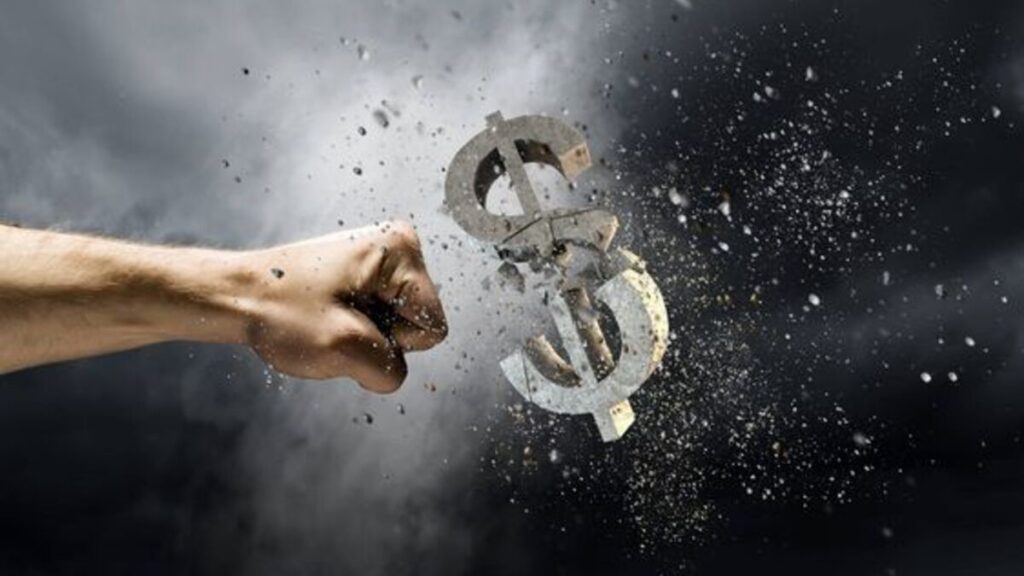
He noted, “There have been quite a few headlines calling for the U.S. dollar’s demise. I continue to believe the dollar remains the one-eyed man in the land of the blind.”
Fed Rates in 2022
The COVID-19 pandemic, among other factors, caused a huge spike in inflation that started in 2020 and continued to increase significantly over time. It peaked in 2021, but the Federal Reserve did not begin raising interest rates to combat inflation until March 2022.

Over a year later, in July 2023, the central bank reported raising its interest rates to the highest level it has seen in 23 years.
The Nominal Broad U.S. Dollar Index
The nominal broad U.S. dollar index, or trade-weighted US dollar index, measures the value of the United States dollar relative to the currencies of other countries in the world, including its main trading partners, the Canadian dollar, the Japanese yen, and the euro.
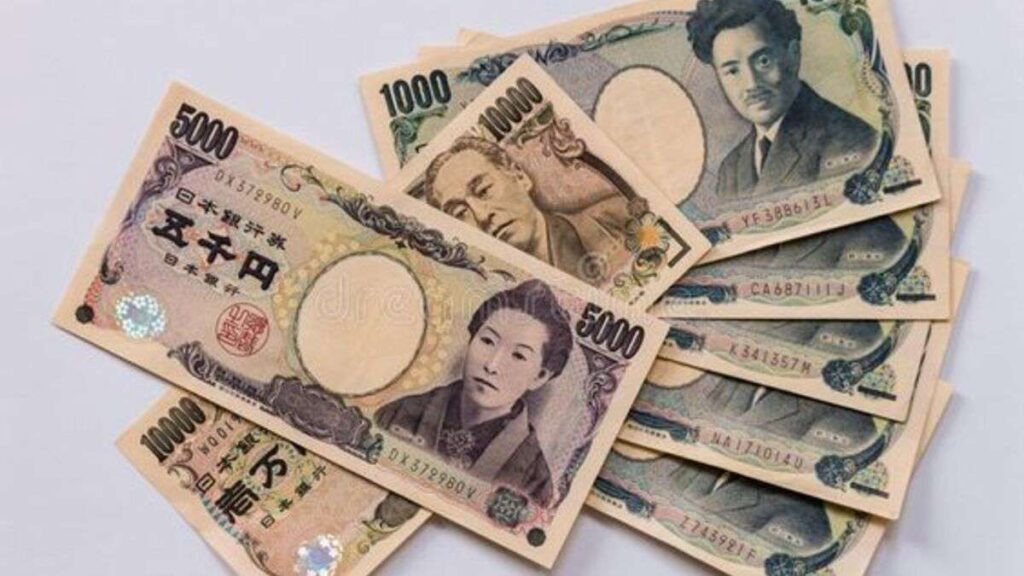
Reports show that the index is currently at its peak and higher than at any point (pre- or post-pandemic) dating back to at least 2006 when officials started tracking the data.
A 1:1 Exchange Rate
After the Federal Reserve raised the rates in 2022, the U.S. dollar reached parity with the euro for the first time in 20 years in July 2022. This means that there was a 1:1 exchange rate between the two currencies.
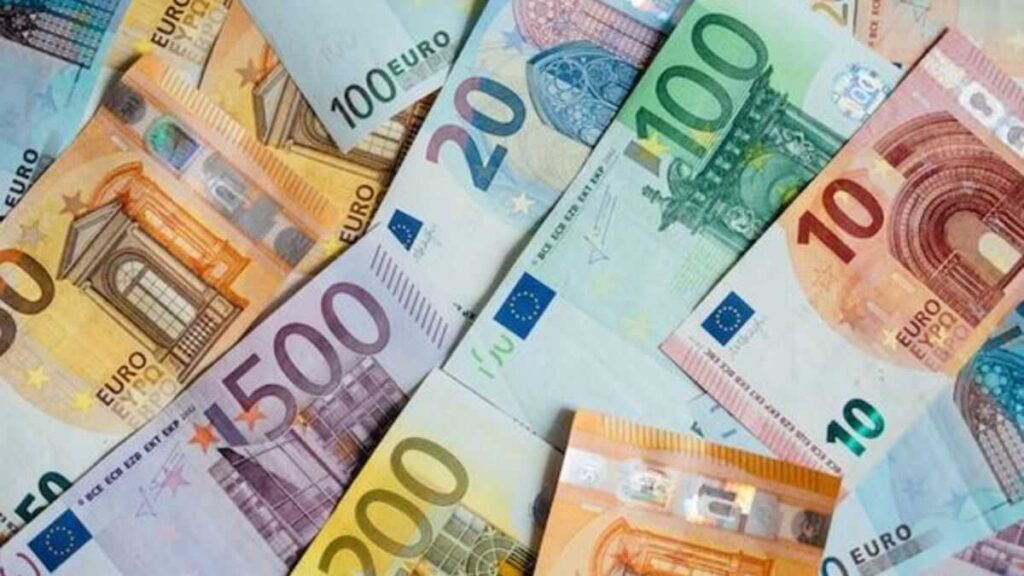
Therefore, a strong dollar is good news for citizens as it makes things abroad more affordable. Peterson also said that it gives a “discount on everything you’re purchasing while you’re abroad.”
Record Number of American Tourists in Japan
In the early days of July 2024, the U.S. dollar hit a record high against the Japanese yen, the strongest it has been in 38 years. Peterson states, “In a sense, it’s never been cheaper to go to Japan.”

This trend has been occurring this year and is a good reason why Japan’s tourism board reported that many Americans visited the Asian country in April.
ALSO READ: Here’s the Wage You Need To Earn To Live Comfortably in US Cities
Traveling to Japan Is Much Cheaper Than Before
Benjamin Atwater is a communications specialist at InsideAsia Tours, a travel agency. He also agrees with the financial impact of the stronger U.S. dollar on traveling to Japan. He extended a work trip to the country by almost two weeks and did not travel elsewhere because of the favorable exchange rate he observed.

He said everything he needed, such as hotels, a rental car, meals, and even souvenirs, was a “great value,” and he made the best of it.
How Interest Rate Cuts in Other Countries Impact the U.S. Dollar
The Federal Reserve cutting or raising interest rates affects the U.S. dollar, but that is not the only factor involved. This is because the central banks of other countries are also making different decisions daily, causing a wider or slimmer margin between the U.S. dollar and their current.
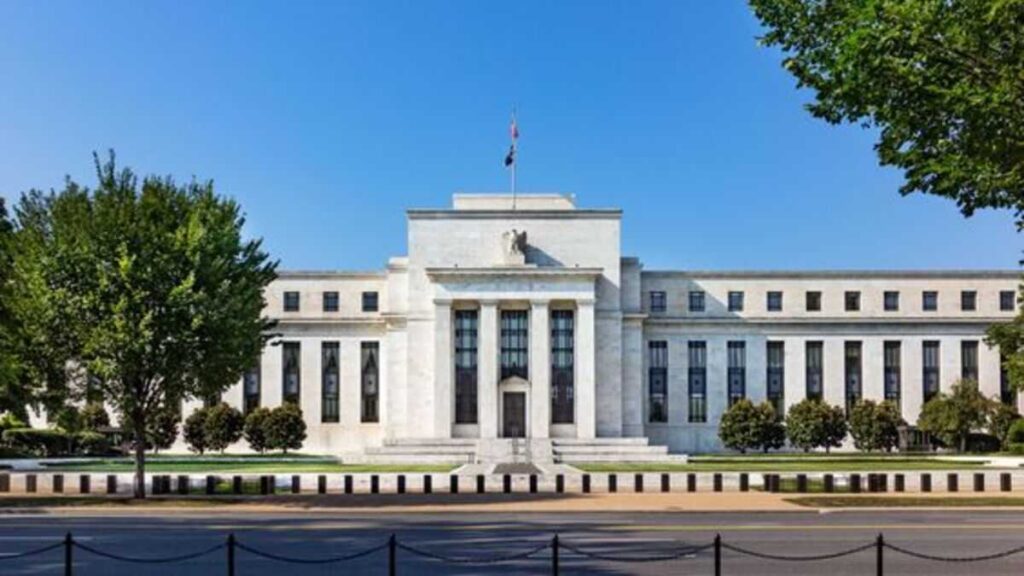
For example, the European Union recently cut its interest rates in June, and this caused the rate differential between the two currencies to widen a bit more, favoring the U.S. dollar.
Other Central Banks Are Making Decisions
“The Fed’s on hold, other central banks are getting ready to ease, and the Bank of Japan (BoJ) seems stuck in a moment,” J.P. Morgan’s Madigan also wrote in his statement. He added, “If Japan wants the yen to stabilize, policy rates need to move higher.
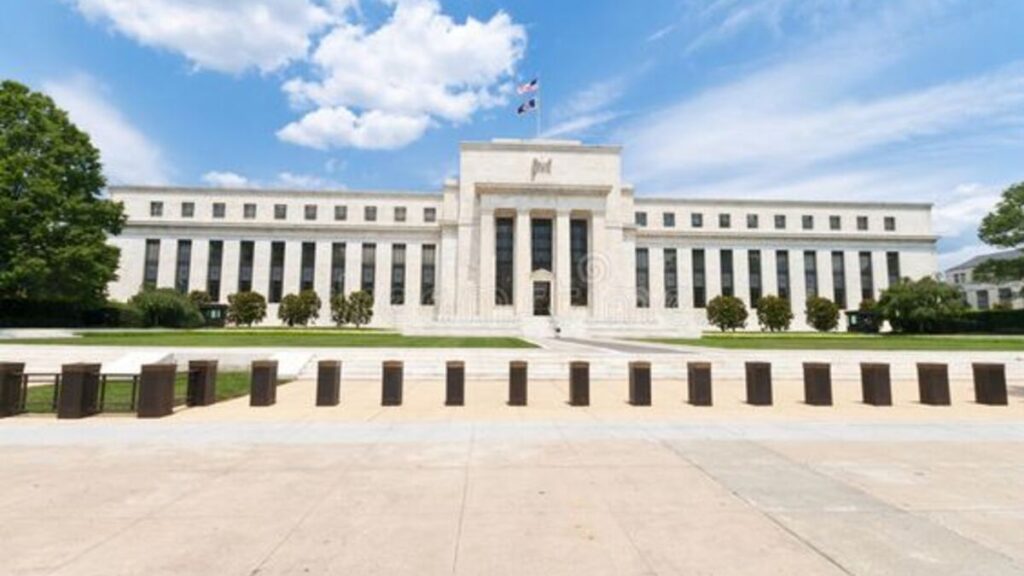
That doesn’t appear to be happening anytime soon. With the ECB expected to cut ahead of the Fed, I expect current euro weakness to also prevail.”
Capital Flow and Business Investment
A stronger economy and dollar also boost the country’s capital flow and foreign business investments. This is because an investor or business getting 1% or 2% interest in other continents will rush to the U.S. if its holdings are at 5% to make more profit.

They will also be more inclined to sell their foreign currencies and invest in the U.S. dollar as that will yield more returns.
You Might Also Like:
Top 10 States with the Worst Quality of Life in America for 2024
Demystifying the Current State of the US Housing Market
SpaceX’s Falcon 9 Rocket Grounded After Rare Inflight Failure

